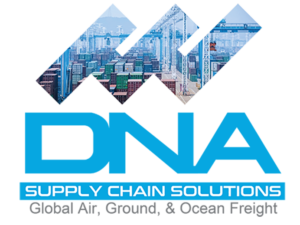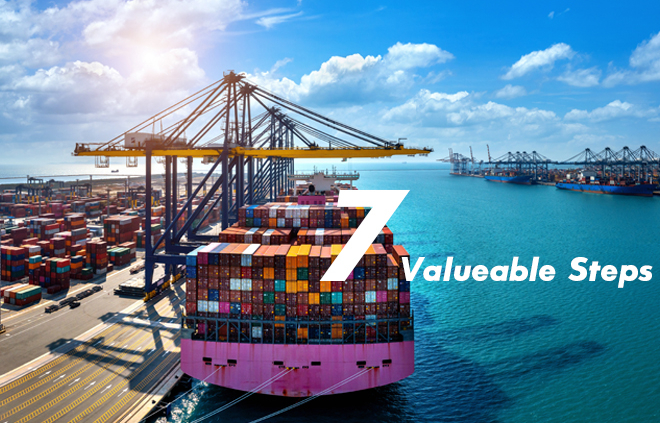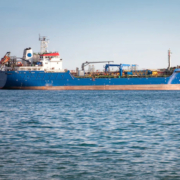Sea Import Freight Forwarding Process 7 Valuable Steps. We love cargo ships and planes. And their importance in the transportation of valuable goods is great. In essence, we prefer to highlight different factors of a transportation business. But people often ask us about how this business begins and conclude.
For such learners and people wanting to bring a change, here we bring a unique read. Freight forwarding through a sea route is different altogether. However, the processes within it remain simple and general.
Sea Import Freight Forwarding Process Steps
1. Export Haulage: The First Step of Sea Import Freight Forwarding Process
In a sea import freight forwarding process, the first step involves the shippers’ goods entering the region. The region is of the sender or transporter. For this, either a road route or a railway can be selected. However, for this, different plans come into the question. Such as the weight and value of the goods. Some companies prefer a road route through trucks. Whereas some want to transfer bulk and they use railway routes.
2. Customs Clearance
When you are a shipper, there remains more duties to follow the law than others. It is since transporters are responsible for transferring your goods only. They must not be involved in any difficult activity. Goods that you wish to transport must undergo clearance by the authorities. This happens among the customs clearance regions. And you must provide your transporter with all customs clearance forms.
3. Handling at the Origin
An important part of a sea import freight forwarding process is the handling of the goods at the origin. By origin, we mean the warehouse of the supplier. Handling the goods does not only mean loading them into the cargo carrier. However, it also involves useful processes such as inspection of the goods for transportation. In general, three steps and processes come into this. These include handling the goods, inspecting them, and loading them into the cargo. For this, freight forwarders coordinate likewise.
4. Scheduling
A freight forwarder is responsible to assign the transportation job to a carrier. However, they must outline a plan to transfer the goods. It is similar to drawing a road map for an easy operation. For this, the freight forwarder schedules a shipment. So the goods reach the destination within time. But this scheduling involves different costs that can come up alongside the calculations.
The costs and factors to consider include:
- Port-to-port costs
- Currency adjustment factor
- Exchange rates
- Other levied surcharges
5. Import Clearance
Just like clearance is necessary at the exporting destination, there is a demand for it at the destination. This process generally begins before the arrival of the cargo and involves a broker that a sender arranges.
6. Handling at the Destination
Once the cargo reaches the specific destination, the process next is to unload the goods. This happens at the destination of the receiver. In essence, the process involves the transportation of the unloaded goods from the port to the warehouse at the destination.
7. Import Haulage
Finally, we reach the last step of the freight forwarding process by a sea route. This step involves the transportation of the goods to the consumer through the consignee.
And we have a wrap!
Read here if you are looking to find about the:
Role of Freight Forwarder in International Trade
Freight Forwarding Near Me: Best Companies in 2022
COVID Supply Chain Disruption Examples: A Detailed Overview
Freight Broker vs. Freight Forwarder Similarities And Key Differences










